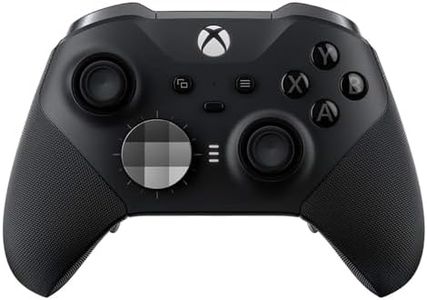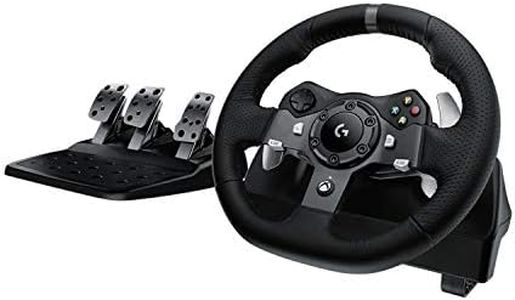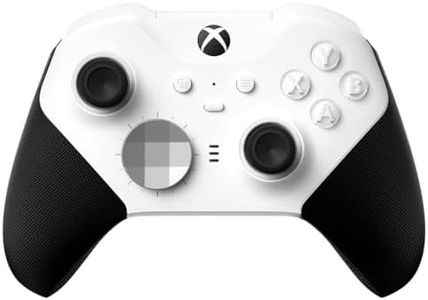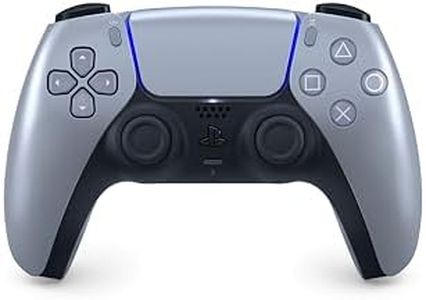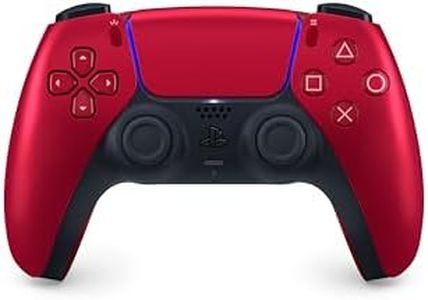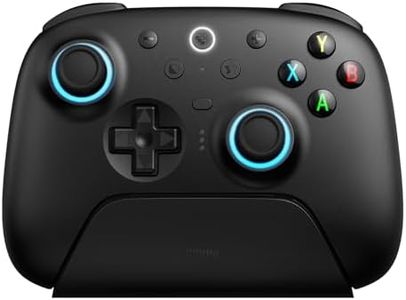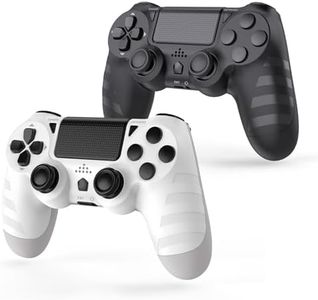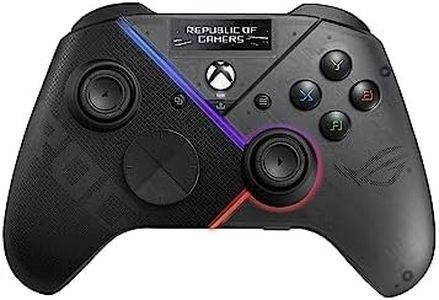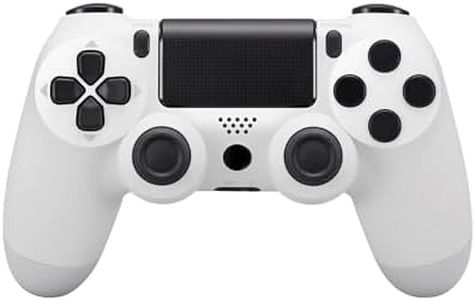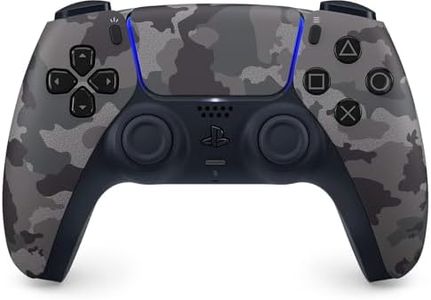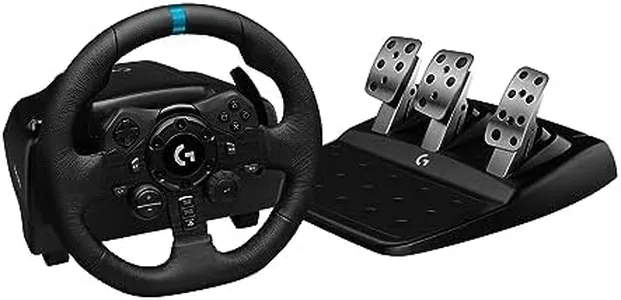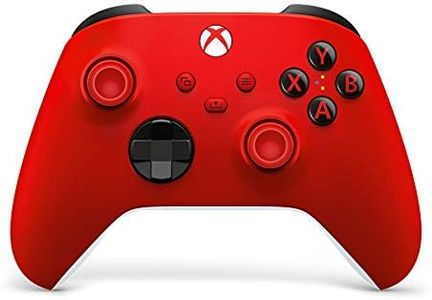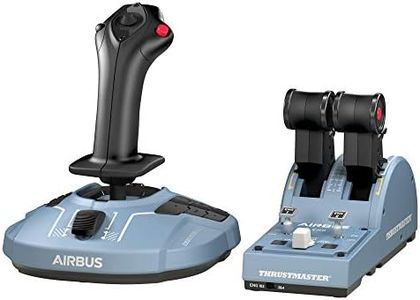We Use CookiesWe use cookies to enhance the security, performance,
functionality and for analytical and promotional activities. By continuing to browse this site you
are agreeing to our privacy policy
10 Best PC gaming controllers
From leading brands and best sellers available on the web.Buying Guide for the Best PC gaming controllers
Choosing a PC gaming controller can really improve your gaming experience, especially if you play games that are better suited to a controller than a mouse and keyboard. The ideal controller should feel comfortable in your hands, respond quickly to your inputs, and be compatible with your games and system. Before you buy, think about what types of games you enjoy most, how you like to play, and the kinds of features that matter to you for comfort and performance.ConnectivityThis refers to how the controller connects to your PC, which can be either wired or wireless. Wired controllers plug directly into your computer, offering virtually no input lag and no need to worry about battery life, but may be less convenient due to the cable. Wireless controllers offer more freedom of movement and a tidier setup but can sometimes have slight delays and require batteries or charging. If you value uninterrupted play without battery concerns, wired may suit you; if you prefer flexibility and less clutter, wireless is likely a better fit.
CompatibilityCompatibility means whether the controller works seamlessly with your PC and the games you want to play. Most controllers are designed to work with Windows, but it's always good to check if they require extra software or drivers. Some controllers are also compatible with other devices like consoles or phones. If you only intend to use it on your PC, basic compatibility is fine, but if you plan to switch between devices, look for broader compatibility.
Ergonomics and ComfortErgonomics refers to how the controller fits in your hands and how comfortable it is to hold over long gaming sessions. Controllers come in various shapes and sizes—some are larger and bulkier, others are smaller and lighter. If you have smaller hands, you may find compact designs more comfortable; if you have larger hands or prefer a solid grip, larger controllers might suit you best. Always consider how long you'll be playing to avoid discomfort or fatigue.
Button Layout and CustomizationThis describes the arrangement of buttons, triggers, and joysticks on the controller, as well as the ability to remap or customize them. Some controllers let you reprogram buttons, adjust trigger sensitivity, or even swap out parts for a personalized feel. If you play games that need a lot of different controls, or if you have specific preferences, a highly customizable controller could be ideal. For general use, a standard, familiar layout might be all you need.
Build Quality and DurabilityBuild quality refers to how sturdy and well-made the controller is. Durability is especially important if you game often or tend to be harder on your gear. Look for controllers made with sturdy materials and solid construction. If you move around a lot or take your controller to different places, or if you're especially intense during play, a tougher build can help your controller last longer.
Haptic Feedback and VibrationHaptic feedback includes the vibrations and other tactile sensations the controller gives during gameplay to make your experience more immersive. Some controllers offer strong, customizable vibration, while others only have basic feedback or none at all. If you love feeling every hit, crash, or action in your games, prioritize strong haptic feedback; if not, this feature might not be as crucial for you.
Additional FeaturesThese are extra features that some controllers offer, like built-in audio jacks for headphones, built-in batteries, LED lighting, or motion sensors. These are not essential to everyone, but they can add convenience or enjoyment depending on your needs and uses. Think about which extras would actually improve your experience rather than just looking impressive.
